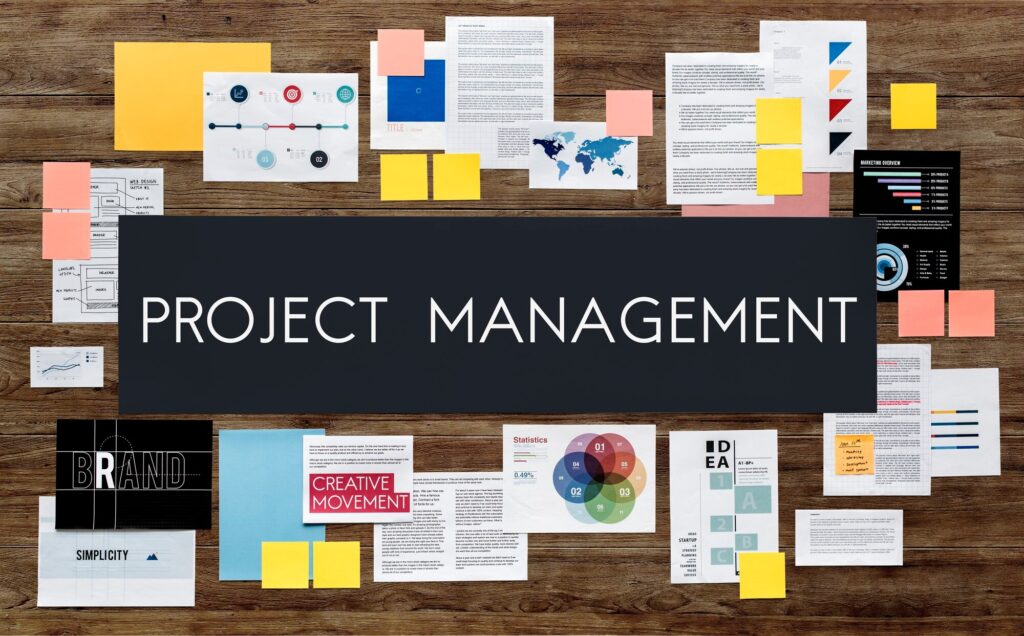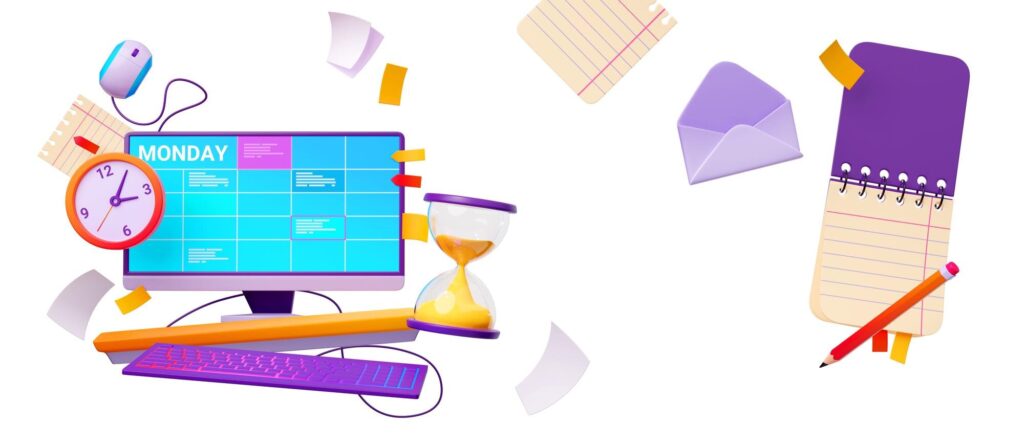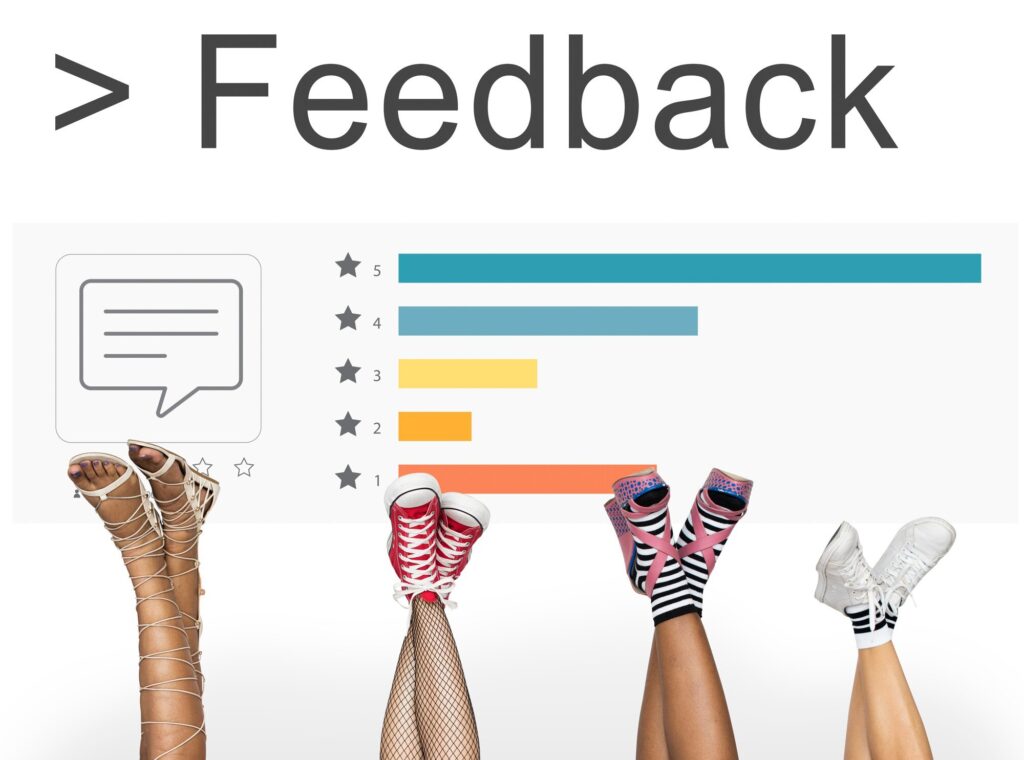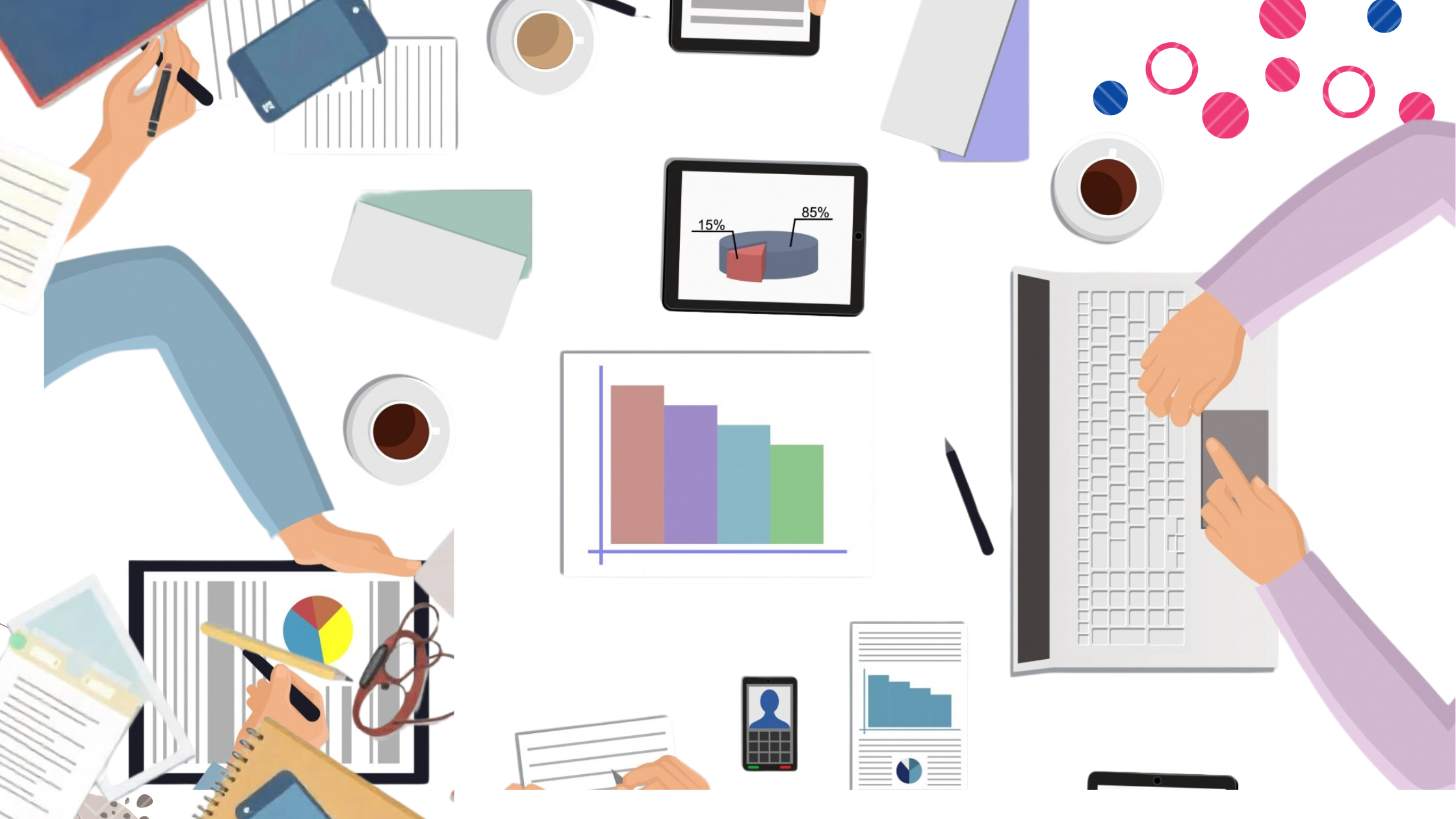Effective meetings are crucial for driving progress and fostering collaboration in entrepreneurship. Whether you’re brainstorming new ideas, strategizing for growth, or tackling challenges, how you conduct your meetings can significantly influence your team’s productivity and morale.
And to get better results from your meetings, there are tools you need to explore. These tools are essential operational tools that can transform your meetings from mundane to meaningful.
By leveraging these tools, you can enhance communication, streamline workflows, and ensure that everyone is aligned on goals.
1. Project Management Softwares

As an entrepreneur, you likely juggle multiple projects and tasks daily. This is where project management software becomes your best friend. Tools like Trello, Asana, and ClickUp are designed to help teams stay organized and on track.
They allow you to assign tasks, set deadlines, and monitor progress, ensuring that everyone knows their responsibilities.
Scenario
Imagine you’re launching a new product. With a project management tool, you can create a board that outlines every step of the process, from market research to marketing strategy.
Team members can comment on tasks, upload files, and update their progress, making it easier to collaborate and stay aligned.
You can even integrate these tools with other software like Slack or Google Drive to further streamline communication.
Benefits of Using Project Management Software
- Enhanced Collaboration: Keep everyone in the loop and encourage teamwork.
- Improved Accountability: Clearly defined roles and tasks help prevent misunderstandings.
- Increased Efficiency: Save time by centralizing communication and task management.
Additional Examples of Project Management Software
- Monday.com: A versatile platform that allows you to customize workflows and visualize project timelines.
- Basecamp: Great for teams that prefer a simple interface, it combines to-do lists, file sharing, and messaging in one place.
- Wrike: Offers advanced features like Gantt charts and time tracking, suitable for larger teams with complex projects.
2. Video Conferencing Tool to Connect Teams Remotely

With remote work becoming the norm, effective communication is more important than ever.
Video conferencing tools like Zoom, Microsoft Teams, and Google Meet enable you to connect with your team, no matter where they are.
These platforms offer features like screen sharing, breakout rooms, and recording options, making virtual meetings feel more engaging and productive.
Scenario
Let’s say you’re hosting a weekly team check-in. Instead of a boring conference call, you can use Zoom to create a more interactive experience.
You can share your screen to present updates, use breakout rooms for smaller group discussions, and even record the session for team members who can’t attend live. This way, everyone stays informed and involved.
Advantages of Video Conferencing Tools
- Flexibility: Connect with team members across different time zones and locations.
- Engagement: Visual interaction fosters better communication and reduces misunderstandings.
- Cost-Effective: Save on travel expenses while maintaining face-to-face interaction.
Additional Examples of Video Conferencing Tools
- Cisco Webex: Known for its robust security features, ideal for companies that prioritize data protection.
- Skype: A classic choice for smaller teams, offering video calls and instant messaging in one platform.
- BlueJeans: Provides high-quality video and audio, with features tailored for larger meetings and events.
3. Note-Taking Applications: Capturing Ideas and Action Items

During meetings, it’s easy to get caught up in discussions and forget important points. That’s where note-taking applications like Evernote, Notion, and Microsoft OneNote come into play. These tools allow you to capture ideas, jot down action items, and organize your notes efficiently.
Scenario
During a brainstorming session, your team generates a wealth of ideas. With a note-taking app, you can quickly document these ideas and categorize them for future reference.
You can even share your notes with team members, ensuring everyone is on the same page regarding action items and follow-ups.
Benefits of Using Note-Taking Applications
- Easy Organization: Keep your notes structured and searchable.
- Collaboration: Share notes with your team for collective input and updates.
- Accessibility: Access your notes from any device, anytime.
Additional Examples of Note-Taking Applications
- Google Keep: A simple, easy-to-use tool that integrates seamlessly with Google Workspace for quick notes and reminders.
- Bear: A beautiful note-taking app for Apple users, offering rich formatting options and a tagging system for organization.
- Notability: Especially useful for iPad users, it allows handwritten notes and audio recordings to enhance the note-taking experience.
4. Scheduling Tools: Streamlining Meeting Coordination

Coordinating meetings can often feel like herding cats, especially when team members have different schedules.
Scheduling tools like Calendly, Doodle, and Acuity Scheduling can simplify this process. These apps allow you to share your availability and let participants choose a time that works for everyone,
Scenario
Imagine you’re trying to organize a strategy session with your marketing team and a few external consultants.
Instead of sending multiple emails to find a suitable time, you can create a scheduling link using Calendly.
You simply set your available time slots, share the link with your team and consultants, and they can pick a time that works for them. Once everyone has chosen their slot, the meeting is automatically added to your calendar.
Benefits of Using Scheduling Tools
- Time-Saving: Eliminate the hassle of back-and-forth emails to find a suitable meeting time.
- Increased Efficiency: Automatically sync with your calendar (Google Calendar, Outlook, etc.) and set reminders.
- Professional Appearance: Using a scheduling tool can enhance your professionalism and organization in front of clients and partners.
Additional Examples of Scheduling Tools
- Google Calendar: Not only does it allow you to schedule meetings, but you can also create events, set reminders, and share your calendar with others.
- Microsoft Outlook Calendar: Ideal for businesses already using Microsoft products, this tool integrates seamlessly with email and task management.
- TimeTrade: Focused on appointment scheduling, TimeTrade is particularly useful for businesses that need to manage customer appointments.
- SimplyBook.me: This tool is great for service-based businesses, allowing clients to book appointments directly based on your availability.
5. Feedback and Survey Tools for Gathering Insights Post-Meeting

After a meeting, gathering feedback is essential to understand what went well and what can be improved.
Feedback and survey tools help you collect insights from your team and participants, enabling you to enhance future meetings.
Tools like SurveyMonkey, Typeform, and Google Forms are excellent options for creating feedback forms tailored to your needs.
Scenario
Let’s say you just concluded a major strategy meeting. To assess its effectiveness, you can send out a quick survey using SurveyMonkey.
You can ask questions like, “What did you find most valuable in today’s meeting?” and “What improvements would you suggest for future meetings?” This feedback will help you refine your meeting structure and ensure that everyone feels heard.
Benefits of Using Feedback and Survey Tools
- Actionable Insights: Gather specific feedback that can lead to actionable changes in your meeting processes.
- Increased Engagement: When team members know their opinions matter, they are more likely to engage actively in future meetings.
- Data-Driven Decisions: Analyze the feedback to make informed decisions about your meeting formats and topics.
Additional Examples of Feedback and Survey Tools
- Qualtrics: A powerful survey tool that offers advanced analytics and reporting features, perfect for larger organizations.
- Microsoft Forms: Integrated with the Microsoft ecosystem, this tool allows you to create surveys and quizzes easily.
- Zoho Survey: A user-friendly survey tool that offers customizable templates and real-time reporting.
- Typeform: Known for its engaging and interactive surveys, Typeform can help you gather feedback in a more user-friendly way.
As an entrepreneur, investing in these tools not only saves time but also fosters a culture of collaboration and continuous improvement within your team.
By leveraging technology, you can transform your meetings into powerful sessions that push your business forward.






